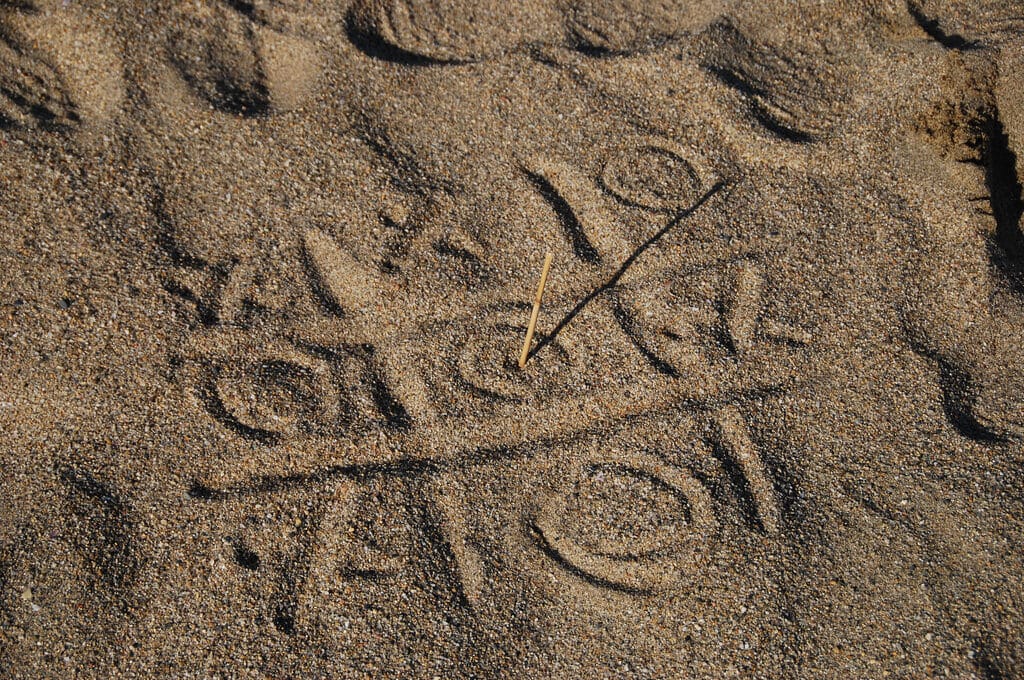The boy was in charge of burying things.
Now this had been determined well before he was born, for the boy came from a group known as the Concealers, that revered class responsible for disposing of anything dead.
Of course, this wasn’t just the often bloated and sun-burned bodies clogging the curbs and alleyways of the city, but rather all items deemed defective in some way.
It was the Concealer’s job to scoop up the discarded and often decomposing entities and hurl them onto one of the numerous government-approved fire heaps, where they would sit and smolder for weeks on end, the charred aroma of their anatomy bestowing upon the city the unique scent of stainless steel.
In this environment the boy came of age, and with a shiny shovel he had named Marlene, meandered up and down the streets of the city, scooping the items into his wheelbarrow as he whistled a medley of nursery rhymes he had grown quite nostalgic for.
One day, as he walked along the rotting planks of the wharf, he came upon the bulbous and blistered carcass of some unknown animal.
Using Marlene to prod at the melting muscle of the creature, he discovered an elderly gentleman living within, who in a raspy and quivering tone identified himself as Harlan.
“What the hell are you doing in there,” the boy asked, tapping Marlene along the tar-stained planks.
“Well, I’ve lived here all my life,” Harlan replied, his chapped lips and stubby tongue shaking with each warped syllable.
Harlan went on to tell the tale of his home, a creature long since extinct that his great-grandfather had harpooned in the days when the city condoned such fishing. It was also during that time when the poor yet resourceful citizens of the city transformed sea creatures into any number of dwellings; department stores, post offices, lumber mills, and even imitation Italian villas.
All of this changed though with the implementation of the fire heaps, and soon the decorative structures of decomposition were demolished, forcing the frustrated citizens into cramped relocation camps along the borders of the city.
Harlan was the holdout though, and told the boy he would not budge until the sinewy strands of his ceiling collapsed, and even then he’d rather lie and drown in the putrid puddles of blubber than waste away in the camps.
Although it was against the law the boy wanted to help Harlan, and with the assistance of a trailer managed to move the home to a spot beneath the rocky cliffs of the bay.
For several months the boy visited Harlan weekly, bringing him bread and berries and playing Tic-Tac-Toe along the moist and sagging skin of the creature, their sticks sinking into the ancient flesh, and with each scratch and pull the bursting fat would reverberate throughout the surrounding rocks.
Then one muggy April morning the boy discovered that Harlan and his home had vanished. He searched the area but found only the scattered brown bones of the creature littering the damp sand.
Picking up one of the bones, he proceeded to trace the familiar lines of Tic-Tac-Toe when suddenly a bobbing silhouette in the middle of the sea caught his attention. Shielding his eyes from the sun, the boy squinted past the bursting blue crests until finally making out the figure of a man waving ecstatically and blowing him kisses.
–
Matthew Vasiliauskas is a graduate of Columbia College Chicago. His work has appeared in publications such as Conjunctions, SAND, The University Of Wyoming’s Owen Wister Review, Chicago Literati, and The Pennsylvania Review. Matthew currently lives and works in New York City.
Lead image: “Tres en playa” (via Flickr user kiusap)

